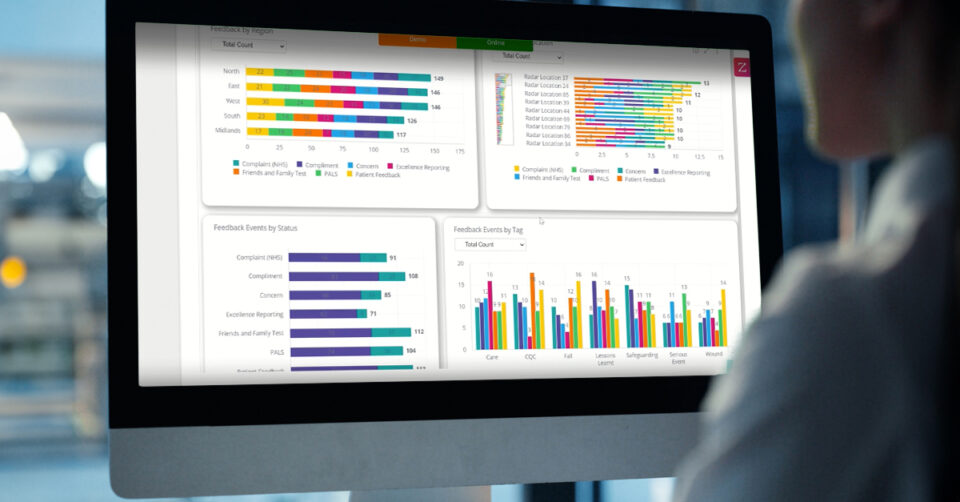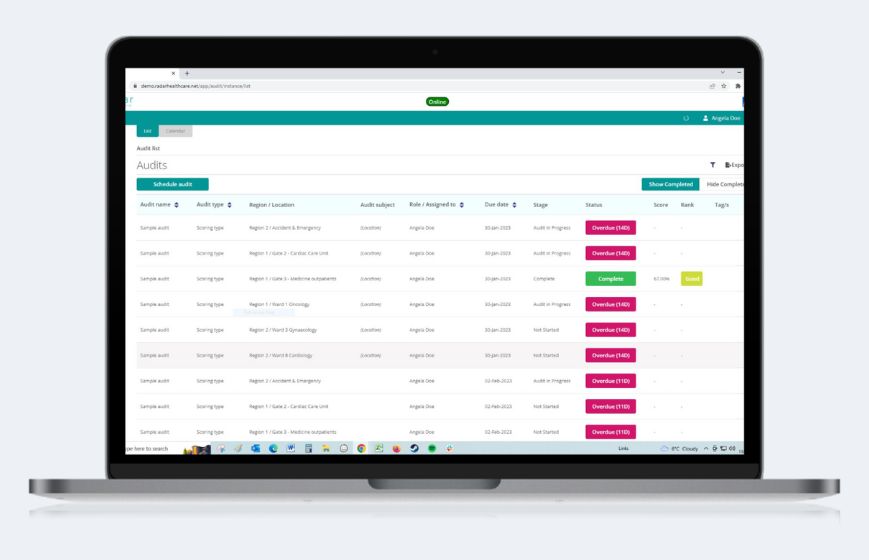Staff Retention in Social Care: How Can Technology Help?
12 June 2024
Tags:
Effective Strategies for Staff Retention in Social Care
Staff retention in the care sector is a critical challenge that impacts the quality of care provided to vulnerable individuals. With high turnover rates and an increasing demand for care services, retaining skilled and compassionate staff has never been more important.
In this blog, we will explore the challenges faced in staff retention, effective strategies to address these challenges, and the role of technology in creating a more supportive and efficient work environment.

Understanding the Importance of Staff Retention in Social Care
Staff retention is vital for maintaining continuity of care, building strong caregiver-resident relationships, and ensuring a stable and experienced workforce. High turnover rates can lead to increased recruitment costs, decreased morale, and a decline in the quality of care.
Challenges in Staff Retention
🔄High Turnover Rates: The social care sector often experiences high turnover rates due to the demanding nature of the work and the emotional and physical strain it places on staff. According to Skills for Care, staff turnover within social care is 30.4%, significantly higher compared to other sectors. This prominent level of shift indicates that organisations within the care sector are struggling to find and retain suitable candidates.
⚖️Workload and Stress: Care workers face significant workloads and stress, which can lead to burnout and job dissatisfaction. An insufficient number of workers within the industry creates problems for service users, workers, and organisations alike.
🏆Competitive Job Market: With many sectors competing for a limited pool of skilled workers, retaining staff in social care can be particularly challenging. By 2035, the care workforce will need to increase by a minimum of 29% to keep up with the ageing population and the growing demand for new carers.

"Our evolution of health and safety and quality wouldn’t have happened without Radar Healthcare. We haven’t grown our team, yet we’re doing about 60% more than we’ve ever done before thanks to the software."

Effective Strategies for Retaining Staff
💬Employee Engagement: Engaging employees through regular feedback, recognition, and involvement in decision-making processes can significantly improve job satisfaction and retention.
📚Professional Development and Training: Providing ongoing training and development opportunities helps staff feel valued and supports their career growth. This not only enhances their skills but also boosts their commitment to the organisation.
💰Competitive Compensation and Benefits: Offering competitive salaries and benefits is crucial in attracting and retaining staff. This includes health benefits, retirement plans, and other incentives.
🏢Positive Work Environment: Creating a supportive and positive work environment where employees feel respected and appreciated is essential for retention. This includes promoting a healthy work-life balance and fostering a culture of teamwork and support.

The Impact of High Staff Turnover
High staff turnover can be detrimental to an organisation’s service and reputation. It can lead to lower levels of patient satisfaction, increase risks to both employees and service users, and make meeting CQC (Care Quality Commission) and Care Inspectorate standards even more challenging. High turnover also necessitates larger investments in recruiting, training, and retaining quality employees.
The Role of Technology in Staff Retention
Technology can play a significant role in improving staff retention by streamlining administrative tasks, enhancing communication, and reducing the burden on care workers. Chris Pearson, Digital Care Manager at HC-One, emphasises:
“It is important that we consider both the frontline users and our colleagues, who are using the system on a daily basis, along with the residents who will benefit from its outcomes. Our objective is to make their lives easier and streamline the information they capture to prevent duplication. Ensuring the integration of systems and preventing them from being isolated is essential. If we can eliminate the need for duplication, and resource issues such as searching for available computers, we can give carers more time to spend with the residents and provide more care.”
How Technology Can Assist
Useful technology like Radar Healthcare can assist in mitigating staff turnover issues by increasing efficiency and boosting morale. During the COVID-19 outbreak, technology proved to be extremely successful within the healthcare industry by demonstrating how embracing paperless methods can improve organisation, boost work ethics and morale, encourage communication, and reduce the number of hours spent on administrative tasks.
📋Streamlining Administrative Tasks: Implementing technology to automate and simplify administrative tasks can free up more time for care workers to focus on providing direct care. Maintaining and tracking records of employees’ training, appraisals, supervisions, and compliance requirements in one system shows that an organisation values its individual workers and is invested in supporting and retaining them.

🔗Enhancing Communication and Coordination: Effective communication tools can help coordinate care more efficiently, reducing misunderstandings and improving overall workflow. Radar Healthcare not only allows you to record concerns, claims, accidents, and complaints for safer working, but it also enables you to record and recognise compliments and positive work within your organisation.
🌟Promoting Positivity: Promoting positivity is crucial for maintaining a motivated workforce. For instance, Radar Healthcare has streamlined the compliments logging process, resulting in a rise from 9 compliments per year to 1500 per year. This level of engagement has had a hugely positive effect on morale and encouraged the team to strive for better performance.

Radar Healthcare has provided greater visibility of all the good things about our service delivery by streamlining the compliments logging process, the number of compliments logged rose from 9 per year to 1500 per year! Being able to communicate this level of engagement from our services users has had a hugely positive effect on morale and encouraged our team to always strive for better performance.

Summary
Improving staff retention in social care requires a multifaceted approach that addresses the unique challenges of the sector. By engaging employees, offering professional development, providing competitive compensation, fostering a positive work environment, and leveraging technology, organisations can create a more supportive and sustainable workforce. For more insights and resources on improving staff retention in social care, explore our other blog posts and resources.
If you’re looking to improve staff retention in your care organisation, contact us today to learn more about our innovative solutions and how we can help you create a better working environment for your staff.
Book your free demo







